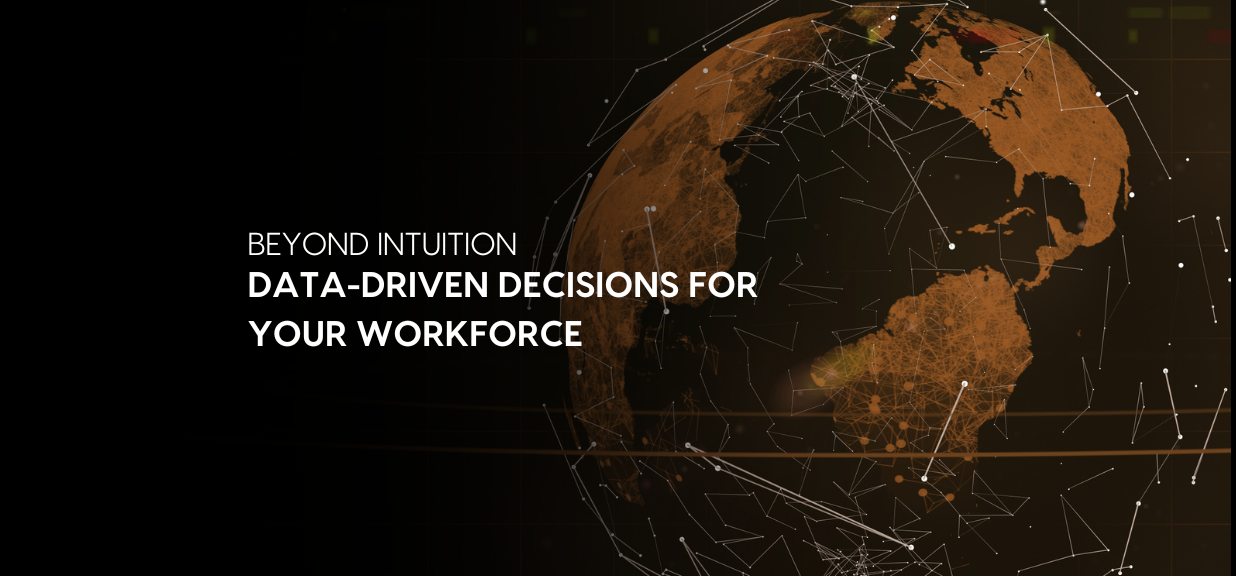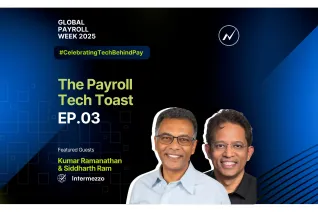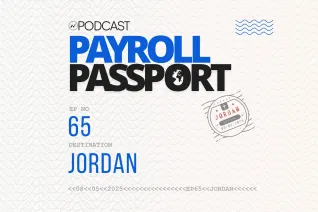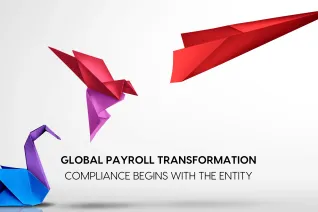Building a Future-Proof Workforce with Data-Driven Planning

Imagine a world where businesses can anticipate every twist and turn in their staffing needs, seamlessly adapting to market changes, economic fluctuations, and unforeseen global events such as pandemics. It’s the emerging reality in the realm of workforce planning, thanks to the prowess of data analytics.
HR Analytics: A New Era
Beyond recruitment, HR data analysis plays a pivotal role in talent management, performance evaluation, and employee engagement. By analyzing HR data, companies can identify patterns, predict employee turnover, and even forecast future hiring needs.
Moving away from traditional methods like Delphi and nominal group technique (NGT), organizations like Google are now using Machine Learning models to shape proactive strategies. Google's Tabular Workflow, for instance, is a complete pipeline designed specifically for forecasting tasks, aiding in informed decision-making and future planning.
Data Collection Methods
Effective HR analytics and demand forecasting rely on a variety of data sources:
- Employee Feedback: Survey data for insights on job satisfaction and policy impact.
- Performance and Review Analysis: Extracting data from performance reviews to inform training and development.
- Exit Interviews and Attendance Tracking: Analyzing departures and work patterns for policy improvement and well-being measures.
- Future Job Trend Data: Incorporate job trends, demographics, and talent pool data for skill predictions.
- Competitive Insights: Competitor analysis data for culture and benefits insights essential for talent attraction.
Neeyamo's Survey tool offers customizable and multi-lingual surveys for effective employee feedback and engagement. The Reports tool provides interactive, global HR and payroll reporting for strategic organizational insights.
Data Cleaning and Preparation
In the realm of data analytics, the age-old saying "garbage in, garbage out" is particularly true. This process ensures that missing values are addressed, duplicates are removed, and data consistency is maintained. This meticulous attention to detail results in high-quality data poised for in-depth and insightful analysis.
The significance of data integrity in AI analytics software for team management cannot be overstated. Clean and well-prepared data enhances the accuracy of analytical models and streamlines the process of extracting meaningful patterns and trends.
Workforce forecasting techniques
- Predictive Analytics for Seasonal Payroll Management:
Let’s consider a hypothetical scenario; in collaboration with an HR payroll firm, a hospitality company aimed to address seasonal payroll fluctuations. By employing regression analysis and time series forecasting, they scrutinized past payroll data, employee hours, and guest occupancy trends.
This comprehensive analysis led to a significant adjustment in their payroll during peak seasons. Quickly implementing a flexible staffing approach, they were able to scale their workforce in response to seasonal demand, optimizing payroll expenses and enhancing organizational agility.
This strategy not only streamlines payroll expenses but also ensures organizational agility, exemplifying the HR firm's prowess in applying predictive analytics to transform strategic payroll management.
2. The Markov Model for Dynamic Workforce Insights:
In another example, let's relate roles in an IT organization as states (for instance, Junior Developer to Project Manager mapped to state 1, state 2 and so on...). The Markov Model leverages historical role transition data to estimate the probability of role changes within the organization. This method generates a matrix that forecasts the distribution of roles for the upcoming period, which is instrumental in identifying potential skill gaps. This insight aids in making informed decisions regarding training and hiring, thereby aligning the workforce more closely with the organization's evolving needs.
Leveraging Predictive Analytics: Three Success Stories
- Google's Insightful Team Dynamics: Project Aristotle at Google was a quest to uncover what really powers great teams. Their analysis of rich survey data led to breakthroughs in understanding effective team collaboration.
- Cisco's Proactive Workforce Planning: Cisco's use of predictive analytics isn't just smart; it's strategic. By integrating market data with internal HR insights, they're adeptly predicting and preparing for future skills requirements.
- American Express' Seamless Remote Shift: When remote work became the norm, American Express smoothly transitioned, thanks to data analytics. By foreseeing potential IT issues, they ensured a hassle-free shift for their employees.
The integration of data analytics into workforce planning has ushered in an era of unparalleled adaptability, precision, and success. It empowers organizations to decode the intricacies of team dynamics and foresee payroll requirements, establishing data-driven insights as the bedrock of proactive strategies.
It's a world where organizations not only navigate uncertainties but also thrive amidst them, mastering the art of predicting workforce changes, one insight at a time.
Explore the potential of payroll analytics and advanced reporting to enhance your workforce planning. Connect with us on our Contact Us page or reach out to us at irene.jones@neeyamo.com for tailored solutions that drive success.
Latest Resources
Stay informed with latest updates
If you're curious and have a thirst for knowledge pertaining to the HR, payroll, and EOR universe, don't miss out on subscribing to our resources.















